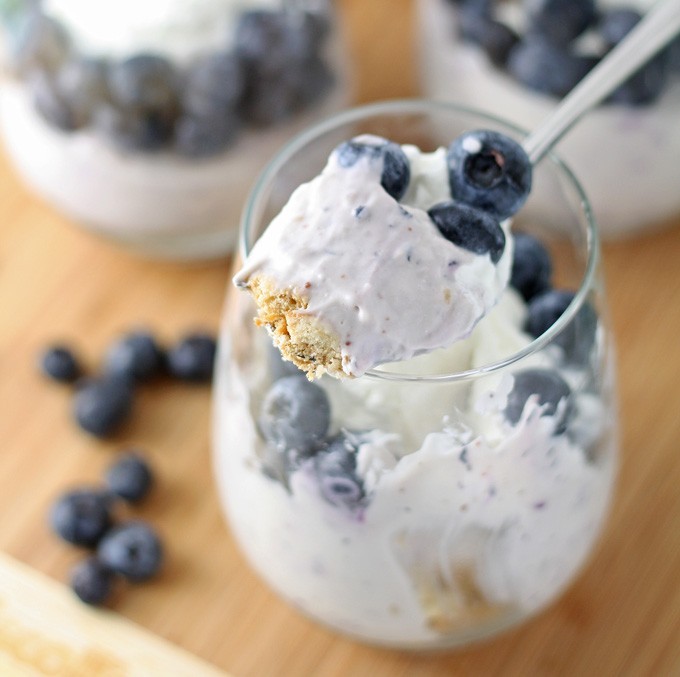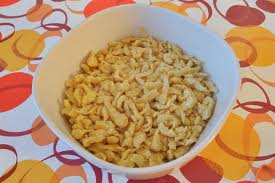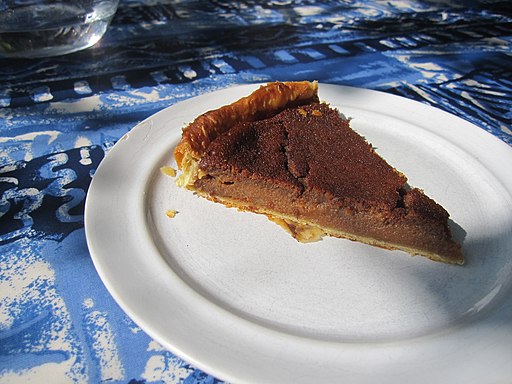
Swiss Recipe: Quick, No-bake Summer Fruit Cheesecake
Ingredients
11 x 7 x 2 in. (28 x 18 x 5 cm) baking dish or deep pie tin
1 box Speculoos ginger cookies
Mixed summer fruit, washed and chopped into fat chunks such as apricots and blueberries + banana
Cinnamon to taste
1 1/2T – 2 T. dark brown cane sugar
1 1/2 – 2 T. maple syrup, depending on sweetness of fruit
Dried chili pepper flakes
500 g Quark* or Séré cheese
Line baking dish with Speculoos to form a crust, covering sides as well as bottom of pan.

Chop apricots, blueberries and banana into large bite-size pieces. Place in a bowl. Sprinkle generously with cinnamon. Add 1 1/2 – 2 T. of dark brown sugar, 1 1/2 – 2 T. of maple syrup and a sprinkle of dried chili peppers. Mix well. Marinate for 30 minutes, stirring from time to time.
Mix fruit with one large yogurt-size tub Quark (500 g). Leave to marinate for 30 minutes, stirring from time to time.

Pour quark and fruit mixture into pie pan. Refrigerate for at least 2 hours before serving.
*Quark is a fresh cheese made in the Germanic countries. It is not the same as cottage cheese or cream cheese, since it is made by warming soured milk fermented with mesophile bacteria until it coagulates. It can be replaced by labneh, ricotta, mascarpone, thick fromage blanc or strained yogurt, although the flavor and texture will not be exactly the same.
|
|


























































